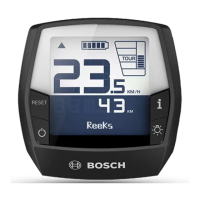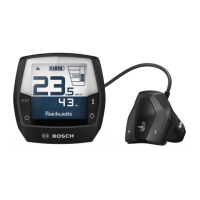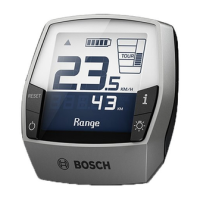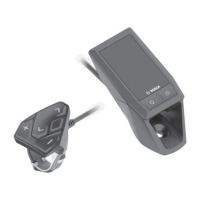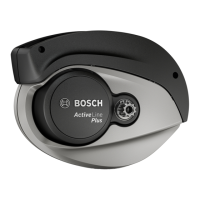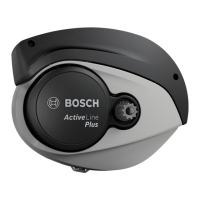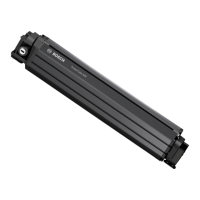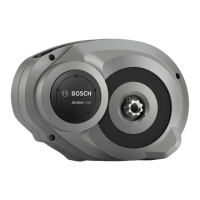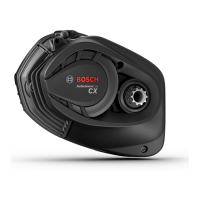MY23P0a -52_1.0_11.10.2022
156
Operation
6.5.13 Adjust the rear frame damper sag
The adjustment shown here represents a default
setting. The rider should change the default
setting to suit the surface and their preferences.
It is advisable to make a note of the default
settings. These can then be used a starting point
for subsequent optimised settings and as a
safeguard against unintentional changes.
Negative deflection (sag)
The sag is the percentage of total spring
deflection that is compressed by the rider’s body
weight, including equipment (such as a
backpack), their seating position and frame
geometry. Sag is not caused by riding.
Greater sag
A greater sag increases sensitivity to bumps, thus
producing greater suspension motion. A greater
sensitivity to bumps ensures more comfortable
ride performance and is used on pedelecs with a
longer deflection.
Decreased sag
A decreased sag reduces sensitivity to bumps,
thus producing less suspension motion. A lower
sensitivity to bumps ensures a firmer, more
efficient ride performance and is generally used
on pedelecs with a shorter deflection.
Figure 138: SAG rear frame damper
Crash caused by broken rear frame damper
If the rear frame damper's maximum air pressure
is exceeded, this can cause the rear frame
damper to break. This can result in loss of control
and a crash with cut injuries or even death.
Never exceed the indicated maximum air
pressure when adjusting the sag.
Adjustments on the chassis change ride
performance significantly. The rider needs to get
used to the pedelec and break it in to prevent
accidents.

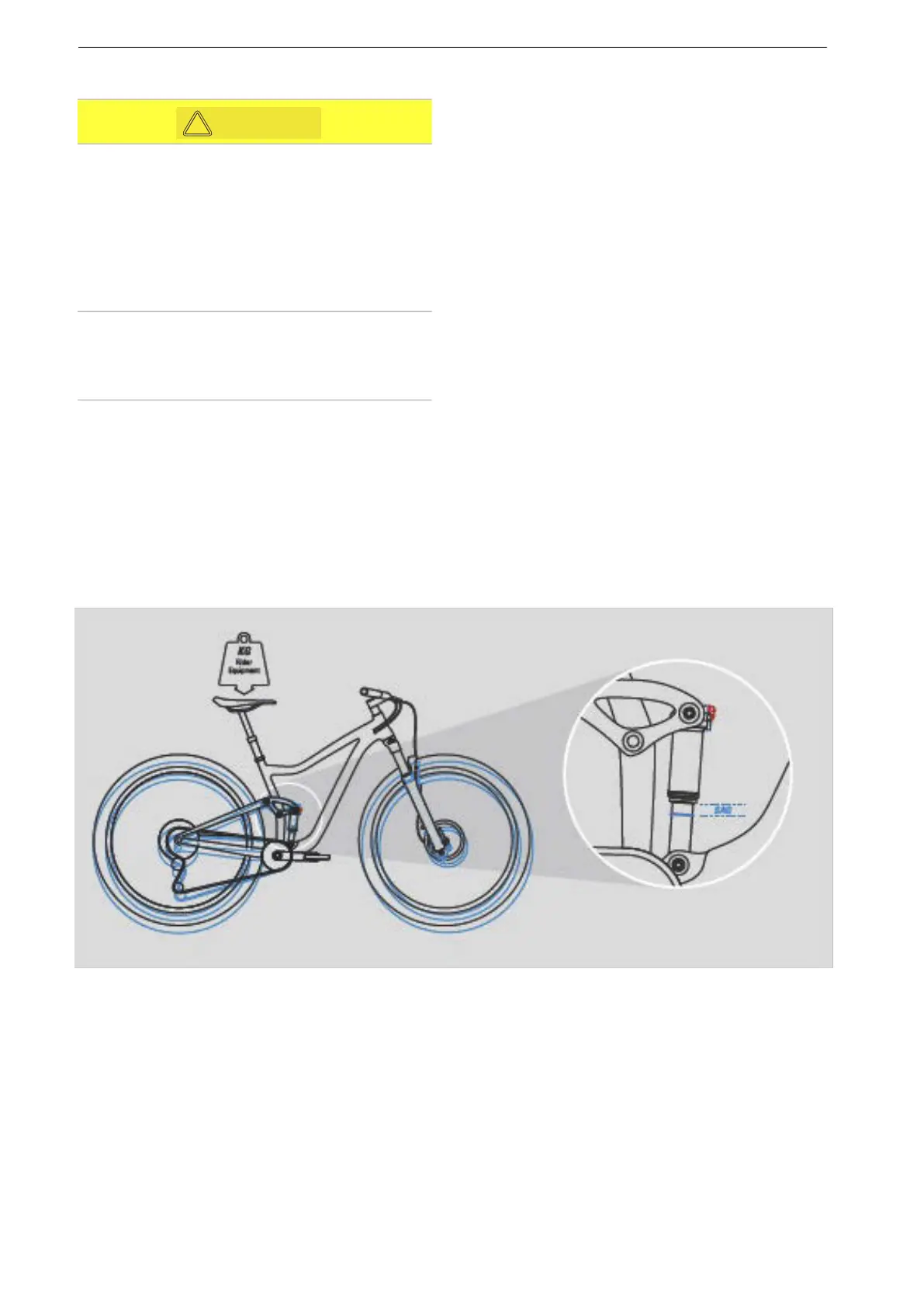